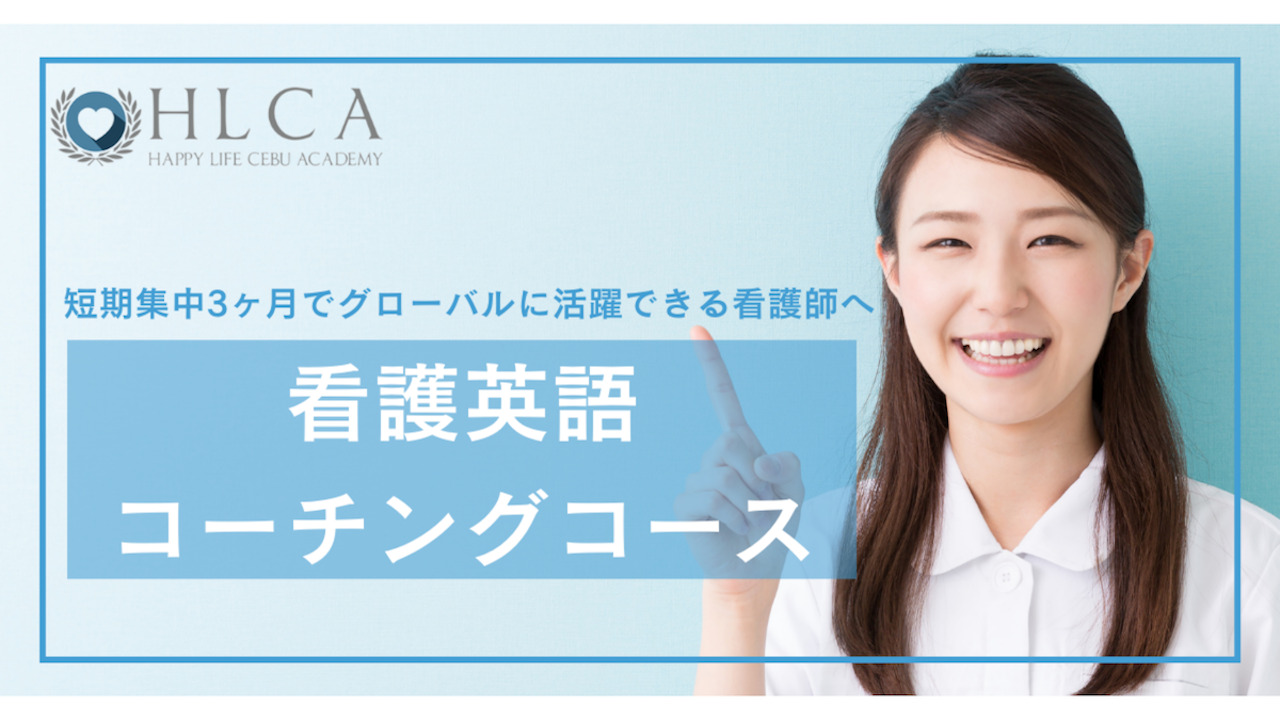今日の Teacher Cha のポイントレッスン
<VOL 21>ビデオレッスンー英語を話すときの語尾のイントネーション↑↓ーです。
それでは始めましょう(^^♪
English Intonation
What time is it? (↘)
Is it six o’clock yet? (↗)
I must go to the grocery store. (↘)
Lock the door and finish your food. (↘)
Among the difficulties encountered by English language learners, especially Japanese, is when to raise and lower one’s voice when speaking.
The rise and fall of the voice when speaking is called Intonation.
Intonation is used to express the mood, emotion or intent of the message.
In this video lesson, we will be practicing the Falling Intonation and the Rising Intonation.
英語を学ぶうえで日本人が特に難しく感じるのは、
スピーキングの際にどの部分で声を上げたり下げたりするのかです。
このビデオレッスンではその抑揚について練習します。
Falling Intonation:下降音調
Falling intonation is when the pitch jumps slightly then falls on the last word of the sentence. We use falling intonation in commands, statement, and WH Questions.
下降音調はわずかに跳ね上がり、それから語尾を下げます。
下降音調は命令形や意見・発言、WHクエスチョンで用いられます。
For example:例
Commands/命令
Close the door.
Bring me the keys.
These are commands and thus end in falling intonation.
これらは命令形で語尾の音調が下がります。
<Statements/意見・発言>
The sunset is beautiful.
She looks happy.
Are examples of statements with a falling intonation.
意見・発言における下降音調の例です。
<WH Questions/WHクエスチョン>
Questions that begin with Who, What, When, Where, Why, Which and How, or what we often call WH Questions, usually end in falling intonation. Who, What, When, Where, Why, Which や Howから始まる疑問文をWHクエスチョンと呼びます。
これらの疑問形は語尾を下げて発音します。
Where are you going? (↘)
What time is it? (↘)
How do you like my dress? (↘)
Now let’s practice more. もっと練習していきましょう。
Come over here. (↘)
Drink your milk. (↘)
Which one do you like? (↘)
His girlfriend came to dinner. (↘)
Rising Intonation:上昇音調
Rising intonation, on the other hand, is when the voice rises at the end of the sentence. Yes/No Questions or questions that can be answered with a “yes” or a “no” usually end with a rising intonation. These questions start with Does, Did, Is and Can. Remember that the voice goes up at the end of the sentence.
上昇音調は語尾を上げて発音し、Yes/Noで答えらる疑問文に使われます。
これらの質問はDoes, Did, Is とCanで始まり、語尾を上げて発音することを覚えておいてください。
<For example:例>
Did you go to the party? (↗)
Does the show start at seven? (↗)
Can we eat dinner first? (↗)
To see the difference between the two intonations, let’s practice pairs of questions.
ふたつの抑揚の違いをみながら練習していきましょう。
1
:Is Tina coming with us? (↗) This is a yes/no question with a rising intonation.
:Who is coming with us? (↘) A WH question with a falling intonation.
2
:Did Mary finish her homework? (↗) Another yes/no question which should be spoken in a rising intonation.
:When will Mary finish her homework? (↘) With falling intonation on a question that does not have a yes/no answer.
3
:Did you go to the show? (↗) Rising intonation.
:How was the show? (↘) Falling intonation.
Don’t forget this simple rule: WH questions, intonation goes down. Yes/No questions, intonation goes up.
※このルールを忘れないでください(=゚ω゚)ノ
WHクエスチョン→語尾を下げる
Yes/Noクエスチョン→語尾を上げる
いかがだったでしょうか?
それではまた(^^)/















